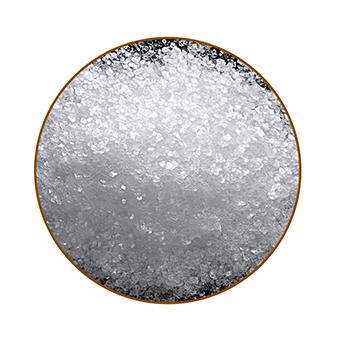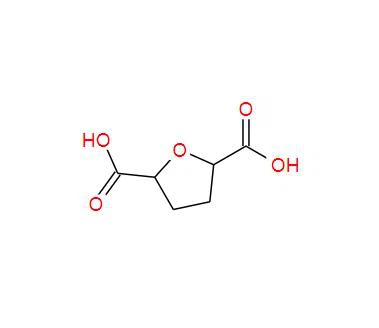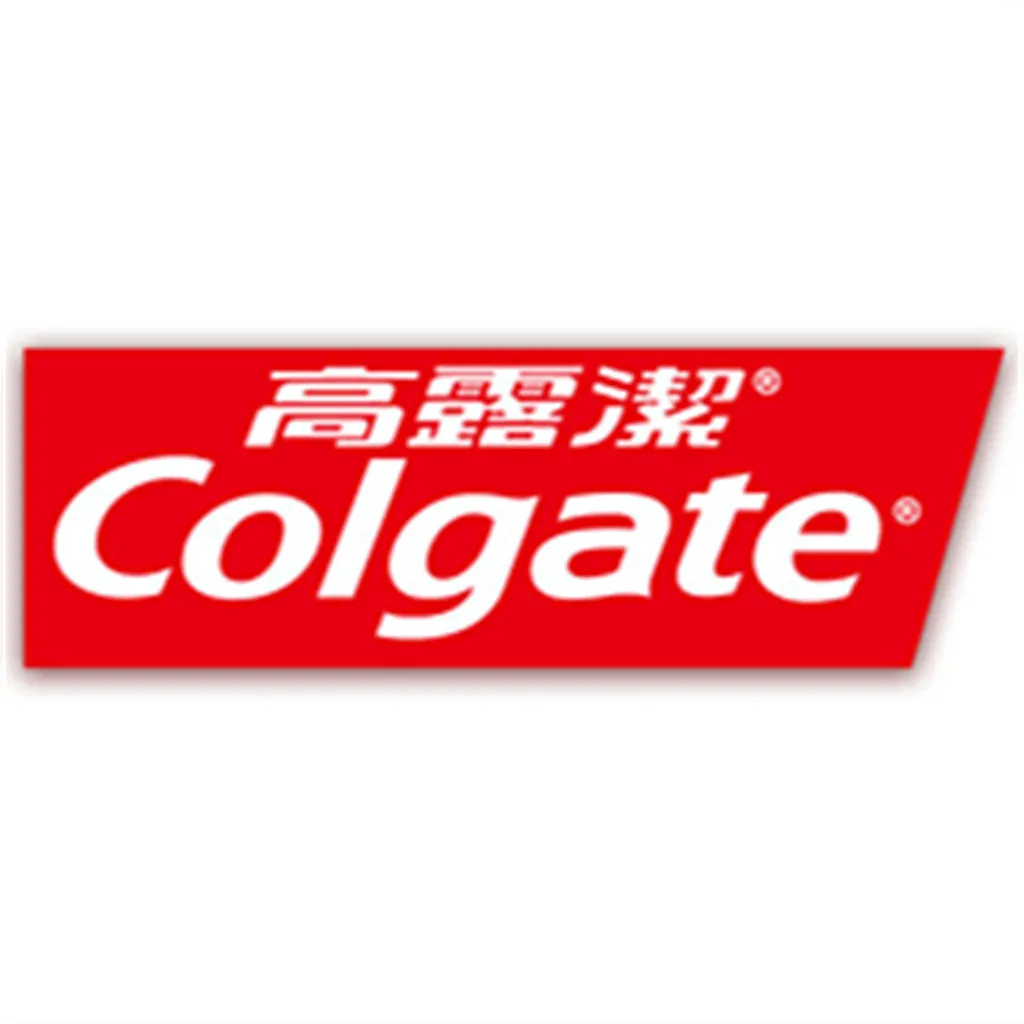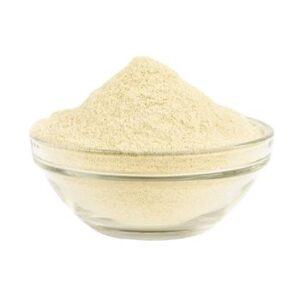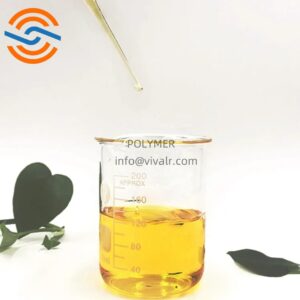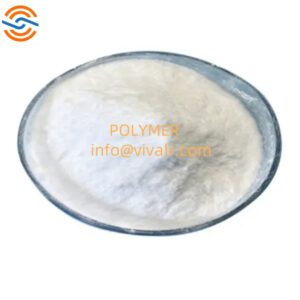High Quality Sodium Stannate CAS 12058-66-1: Comprehensive User Guide
Table of Contents
1. Product Overview
Sodium Stannate (CAS 12058-66-1) is a high-purity inorganic compound with the molecular formula Na2SnO3·3H2O. Key specifications include:
- Molecular Weight: 266.73 g/mol
- Appearance: White crystalline powder
- Purity: ≥98%
- Solubility: Soluble in water, insoluble in organic solvents
- Storage: Keep in a dry, cool environment away from moisture
2. Applications of Sodium Stannate
Sodium Stannate is widely used in:
- Electroplating: Acts as a key component in alkaline tin plating electrolytes.
- Ceramics & Glass: Enhances glaze adhesion and thermal stability.
- Fire Retardants: Serves as a synergist in halogen-based flame retardants.
- Chemical Synthesis: Used in preparing tin-based catalysts and intermediates.
3. How to Use Sodium Stannate
Step-by-Step Instructions
- Safety Precautions: Wear PPE (gloves, goggles) to avoid skin/eye contact.
- Solution Preparation: Dissolve in deionized water at 50-60°C with stirring.
- Application: Add to electroplating baths or ceramic glazes per recommended ratios (typically 10-50 g/L).
- Concentration Control: Monitor pH (11-13) and adjust using NaOH if needed.
- Disposal: Follow local regulations for chemical waste disposal.
4. Detailed Use Cases
Case 1: Tin Electroplating
Scenario: Electroplating steel parts for corrosion resistance.
- Mix 30 g/L Sodium Stannate in an alkaline bath (pH 12.5).
- Maintain bath temperature at 65°C.
- Apply a current density of 2-4 A/dm² for uniform coating.
Case 2: Ceramic Glaze Formulation
Scenario: Producing high-gloss ceramic tiles.
- Blend 15% Sodium Stannate with silica and feldspar.
- Fire at 1100-1200°C to achieve smooth, durable surfaces.
5. Contact Information
For technical inquiries or orders:
- Email: info@vivalr.com
- Phone: (86) 15866781826

